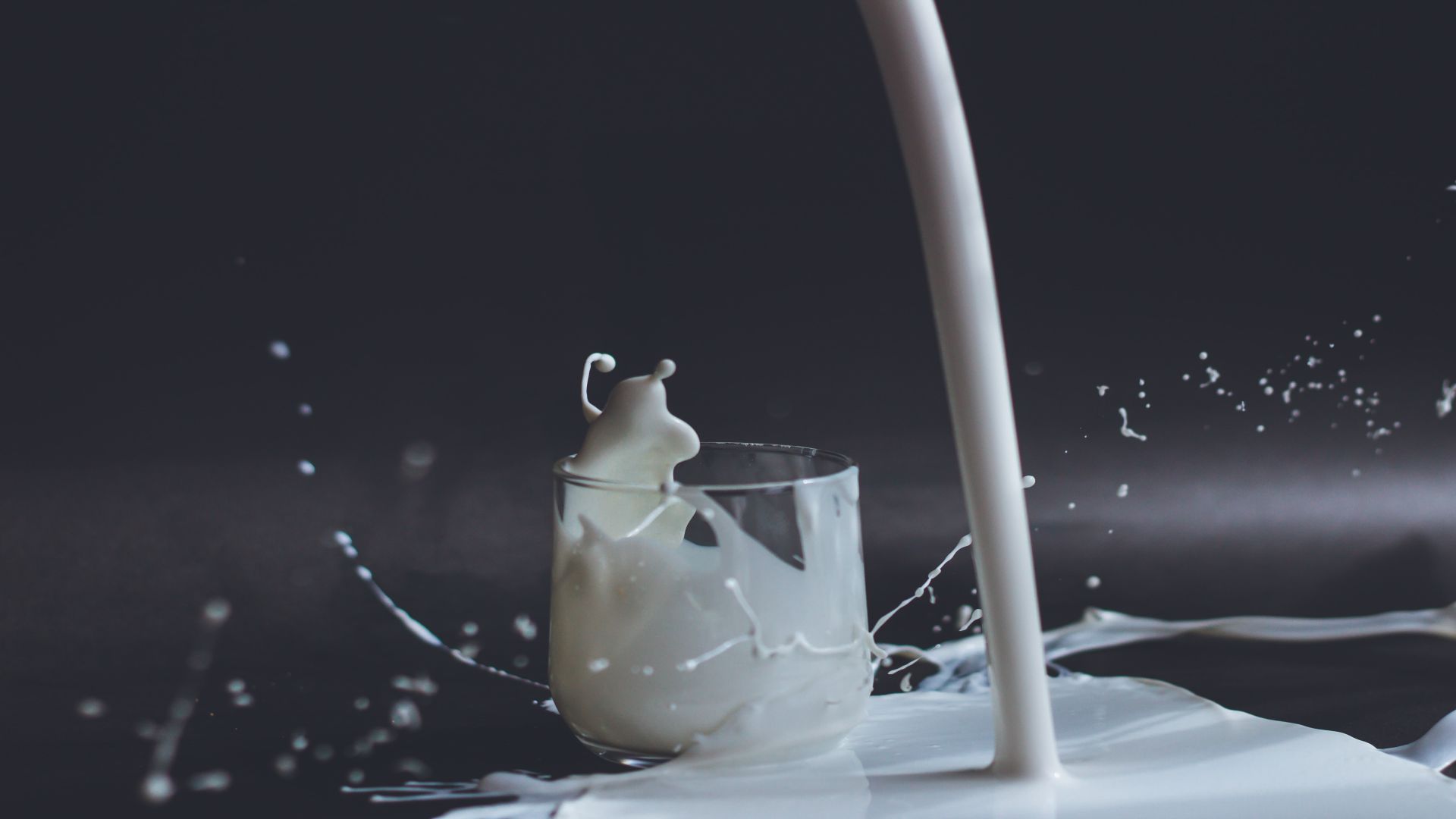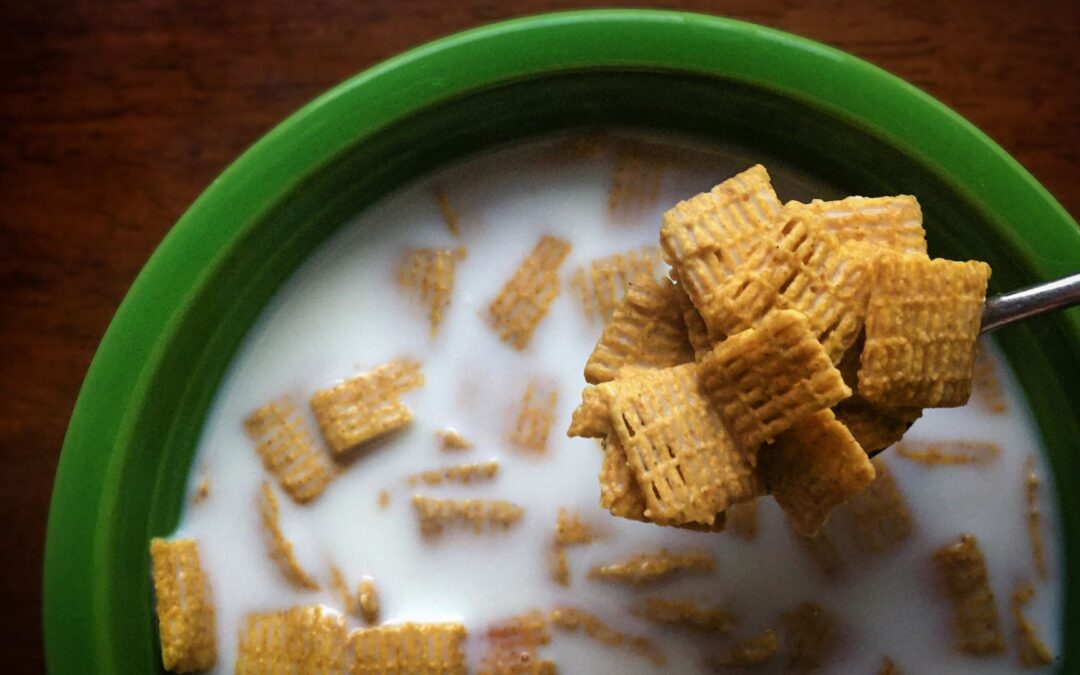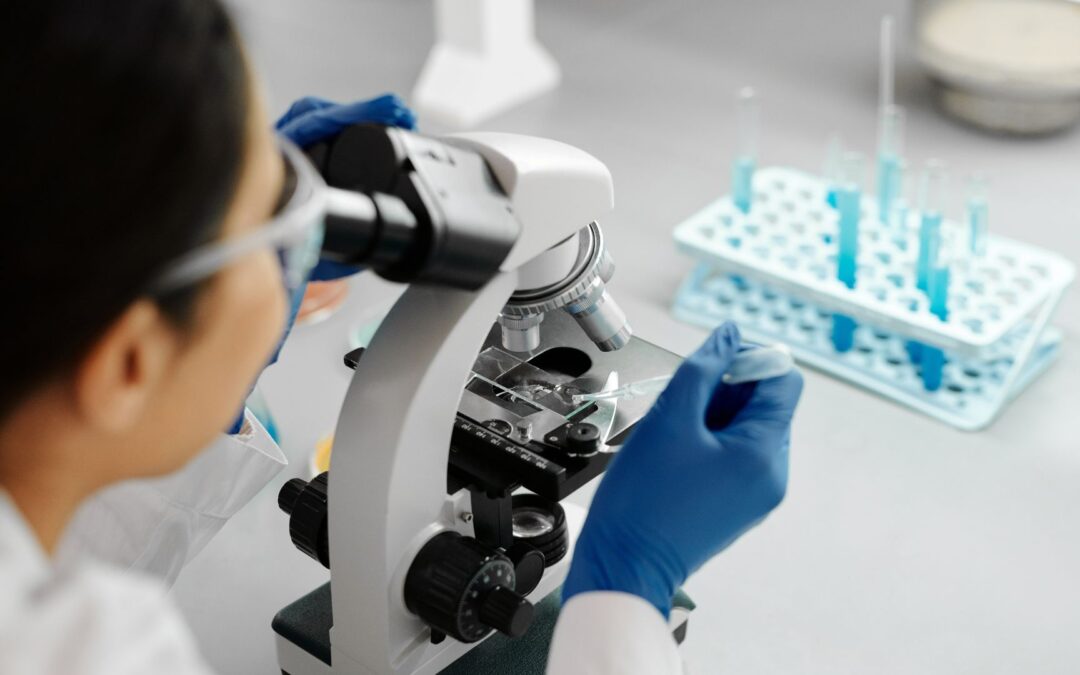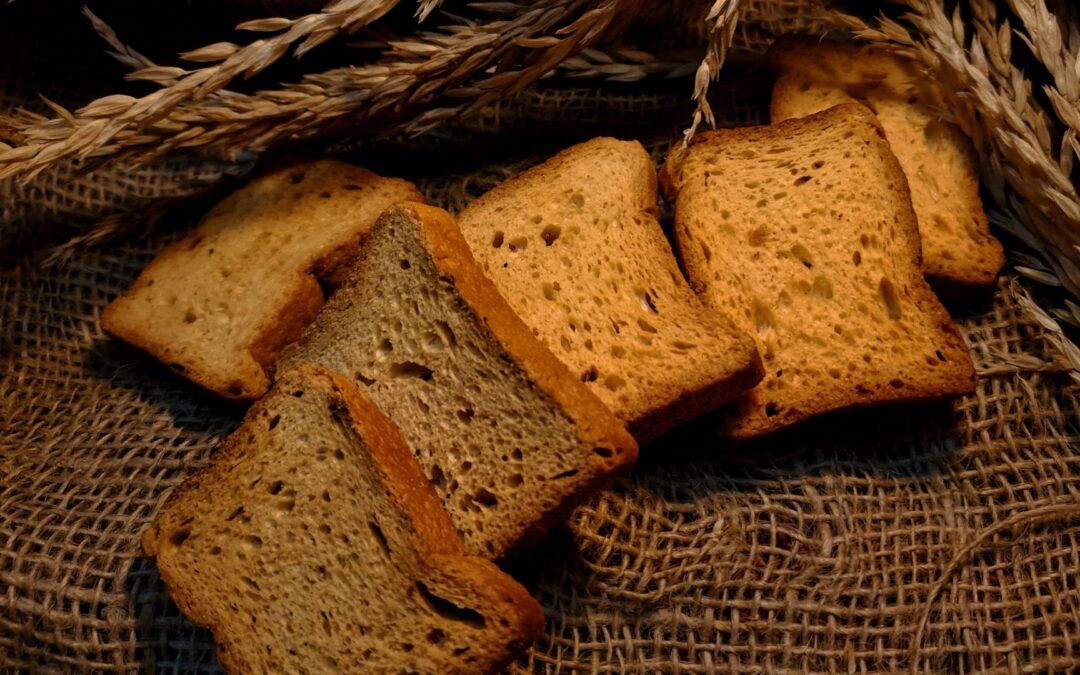Milk is a nutritive beverage which is obtained from various animals and consumed by humans. Most milk is obtained from dairy cows, although milk from goats, water buffalo, and reindeer is also used in various locations of the world. However, milk is also used to make butter, cream, yoghurt, cheese, and a variety of other products as a beverage is manufactured in food factories.
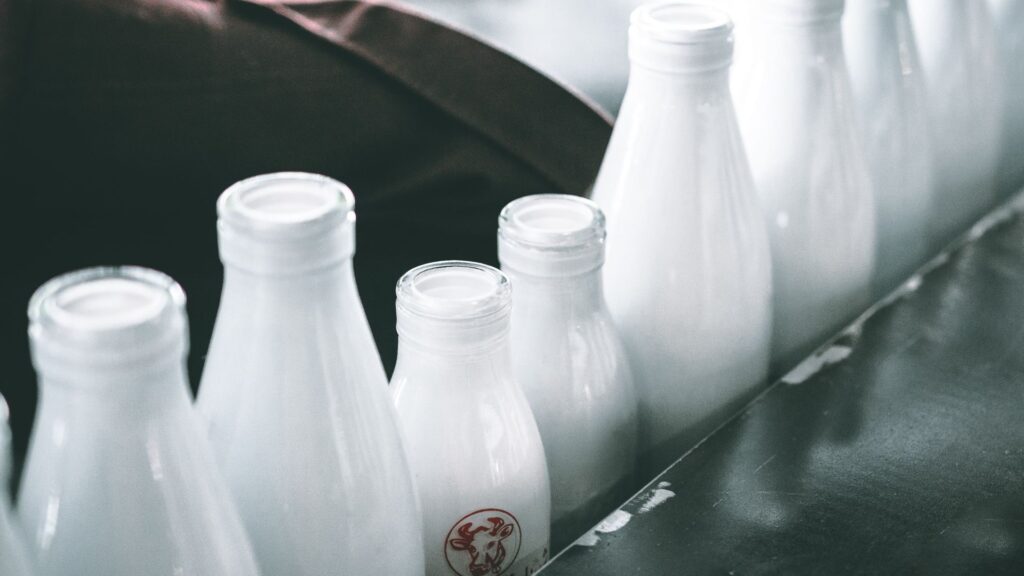
Once whole milk is approved for use, it is pumped into storage silos where it undergoes the following processing steps:
Pasteurization:
Every particle of milk is heated to a specific temperature for a specified period of time and cooled immediately to destroy any harmful bacteria and microorganisms.
Homogenization:
Raw milk is pushed through fine nozzles to form tiny particles so that the fat is dispersed evenly throughout the milk. It stops the cream from separating and rising to the top, allowing a more consistent texture and taste. Milk composition is standardized so elements like fat content are made consistent. The composition of milk is governed by the Food international standards Code. The Code allows manufacturers to add or withdraw milk components to standardize the composition of milk sourced from dairy farms, as required.
Separation
This removes some or all of the cream to make reduced-fat, low-fat or skim milk. Skim milk solids can be added back to improve the texture and increase nutrients like protein and calcium.
Ultra-filtration
This moves milk across a membrane under moderate pressure, which holds back the protein, fat and a large number of calcium complexes. Water and lactose (the sugar in milk) pass through, leaving behind a very protein and calcium-rich product. The fat content can be adjusted to suit consumer preference.
Reverse Osmosis
Water passes through the membrane that holds back most of the milk solids and Lactose remains in the product. There is no impact on flavour.
Ultra Osmosis
This is a combination of ultra-filtration and reverse osmosis, but it holds back milk solids and allows both water and salt to pass through.
Spray drying
This removes water from milk in order to make powdered milk products. Milk’s nutritional value remains the same.
Final Processing
This step may involve micro-filtration, increasing the storage life by ultra-high temperature treatment. Now the milk is ready to be packaged for delivery to the stores.

